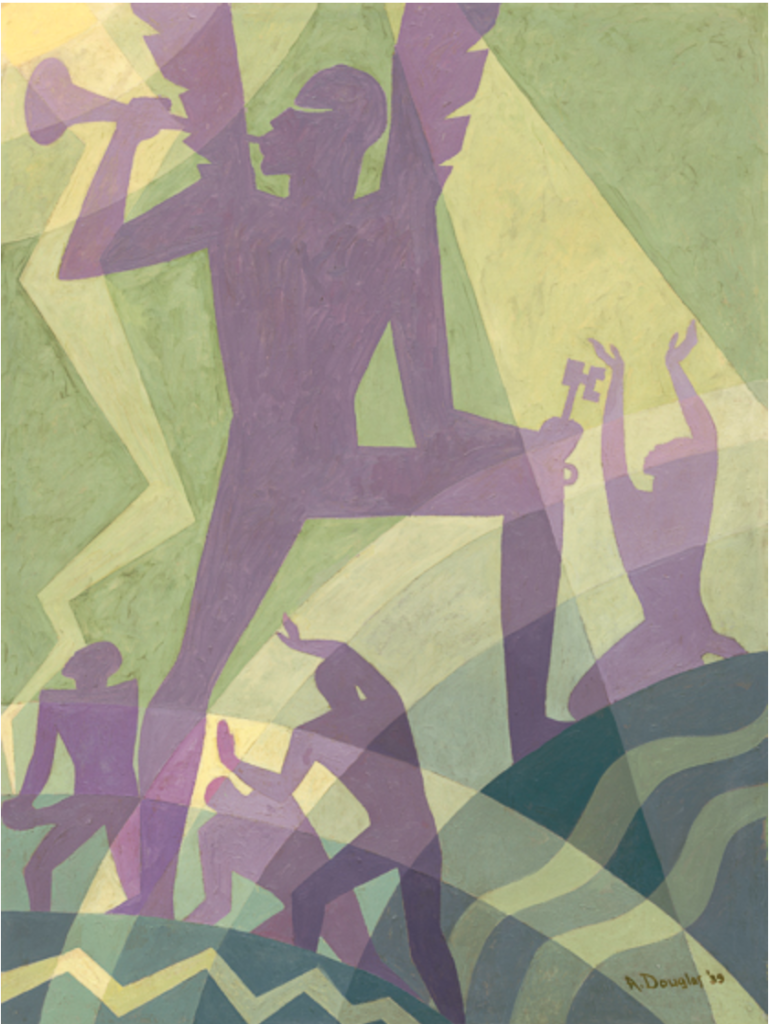Africans and people of African descent worldwide are commemorating Black History Month in diverse and vibrant ways. This annual celebration holds immense significance as it highlights the remarkable achievements and contributions of individuals of African heritage throughout history. Established In 1926, Black History Month has continually evolved to encapsulate the rich tapestry of accomplishments and events that have shaped the global African diaspora.
This year, the chosen theme, “African American and the Arts,” is a poignant tribute to the profound impact of various cultural movements, notably the Harlem Renaissance, on artistic expression. The Harlem Renaissance stands out as a pinnacle moment in Black artistic and intellectual achievement, offering a platform for African Americans and the broader diaspora to assert their cultural identity amidst the tumultuous aftermath of slavery.
Spanning genres from poetry to music, theater, and visual arts, the Renaissance provided a channel for individuals to confront the complexities of their history while celebrating their heritage. Artists and visionaries such as Richmond Barthe and Augusta Christine drew inspiration from African aesthetics, infusing their work with references to traditional African art forms and themes. Moreover, the movement was imbued with political fervor, galvanized by the ongoing struggle for civil rights and the collective memory of figures like Malcolm X and Martin Luther King Jr.

At its core, the Harlem Renaissance sought to bridge the gap between the fragmented identity of African Americans and their ancestral heritage. Influential figures such as Aaron Douglas and W.E.B. Du Bois played pivotal roles in reshaping the narrative surrounding Black identity, advocating for a more nuanced and authentic portrayal in the arts.
The artistic landscape of the era was characterized by bold experimentation and a vibrant fusion of styles, with artists exploring themes of heritage, resilience, and cultural pride. Drawing from diverse influences, including West African traditions and ancient Egyptian art, creatives reimagined their cultural lineage through a contemporary lens, forging connections to their roots while asserting their place in the modern world.
Moreover, printmakers James Lesesne Wells (1902–1993) and Hale Woodruff (1900–1980) delved into a streamlined approach that synthesized African and European artistic influence. The artists strive to recollect their true nature, which stems from the African identity.
Moreover, many artists drew inspiration from African masks, notably the Italian sculptor Amedeo Modigliani, whose avant-garde creations found favor among the youth of Paris. Modigliani’s distinctive style involved elongating facial features to mirror the abstract forms of ancient sculptures and African masks, a departure from conventional Western aesthetics. This infusion of African influences sparked a renewed interest in Modern art among young artists, who sought to challenge Eurocentric norms and embrace the diversity of African artistic traditions.
As the movement evolved, artists continued exploring various African art elements, each adding their unique interpretation to the cultural tapestry. Aaron Douglas, for instance, employed the technique of accentuating a single figure in his compositions, reminiscent of the monumental figures found in ancient Egyptian art. This deliberate emphasis underscores the depicted subjects’ significance, echoing themes of power and importance in African iconography.

Similarly, Fritz Winold Reis incorporated geometric shapes and bold lines into his work, drawing inspiration from the geometric motifs found in Ancient Ethiopian art. Reis paid homage to Africa’s rich artistic heritage by integrating these elements while forging new pathways that challenged conventional artistic norms.
Against burgeoning political activism among Black people, the artistic community was at the forefront of a broader cultural reawakening. As individuals of African descent asserted their quest for independence and self-determination, artists played a crucial role in shaping and articulating the evolving African American identity. Their work celebrated the richness of African heritage and served as a potent tool for social commentary and cultural affirmation.
In this vibrant cultural milieu, the exploration of African art catalyzed innovation and self-discovery, inspiring artists to break free from traditional constraints and embrace new forms of expression. As communities grappled with questions of identity and belonging, the artistic community provided a vital space for dialogue, reflection, and creative exploration. Through their bold experimentation and fearless embrace of diversity, these artists paved the way for a more inclusive and vibrant artistic landscape that continues to resonate with audiences worldwide.


